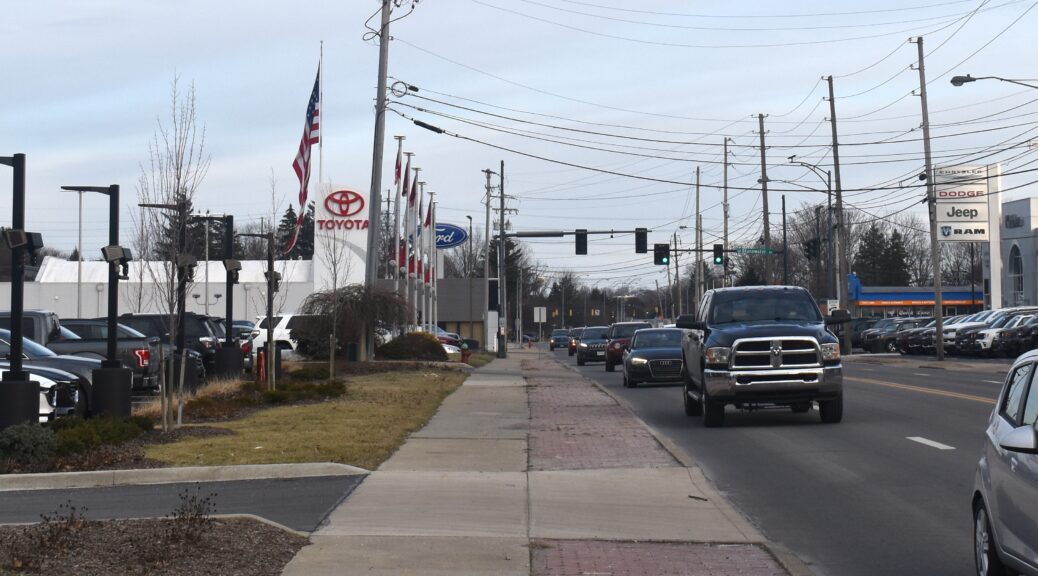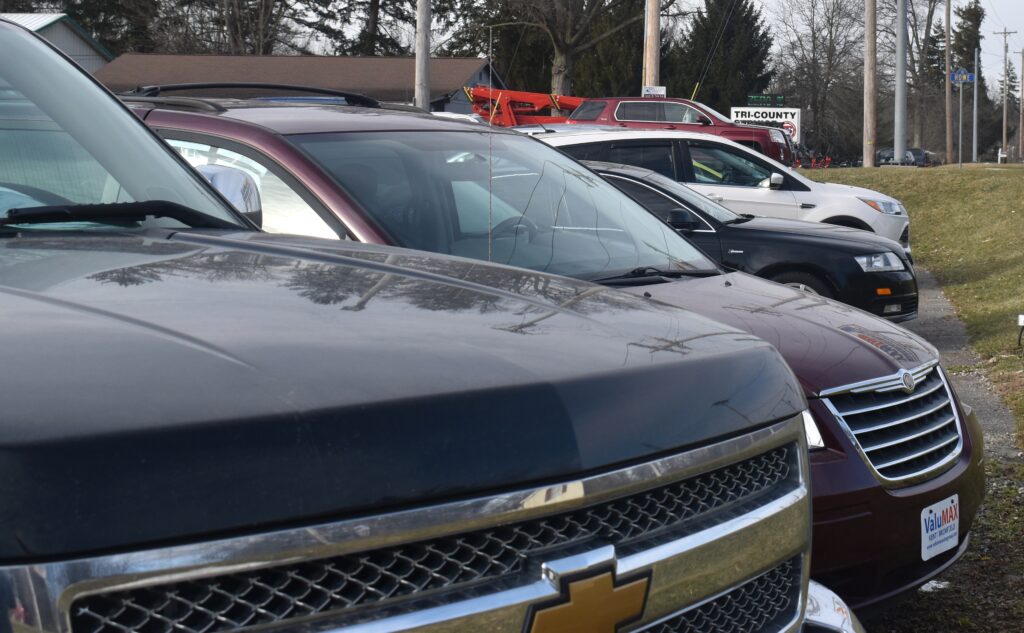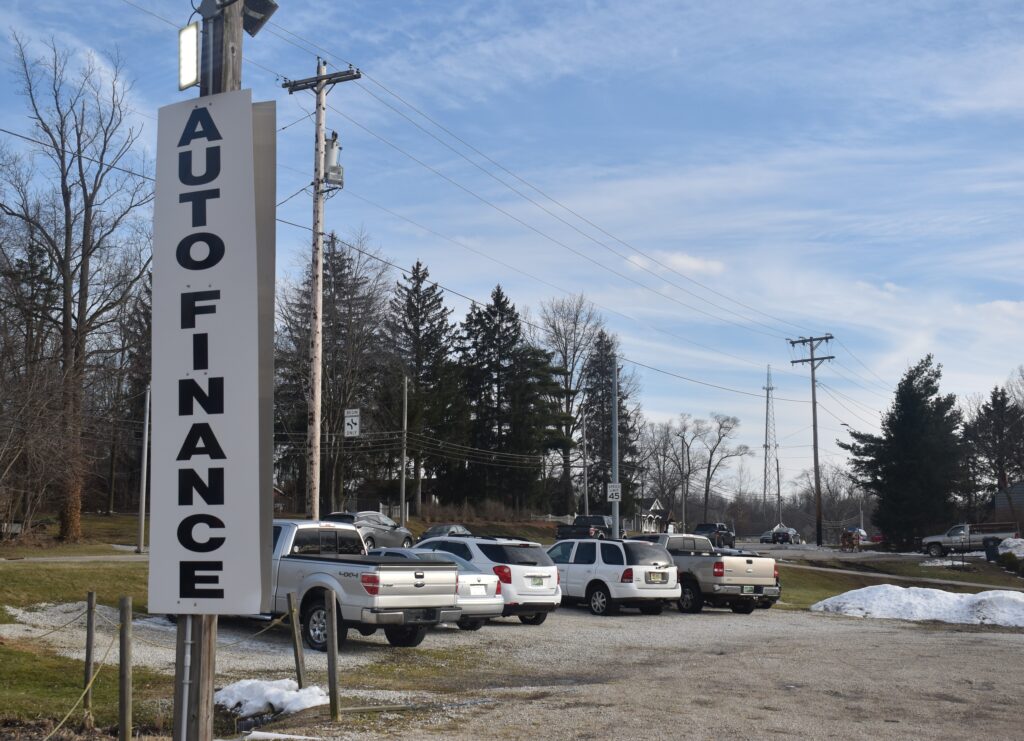
High demand and low supply fuels price hikes in the auto market
The process of buying an automobile can sometimes be a lengthy challenge for consumers. The research, browsing and comparison shopping can be a daunting task.
In the midst of the ongoing COVID-19 pandemic and its associated supply chain issues, however, the biggest hurdle consumers may face may be the high prices caused by inflation in the auto market.

A low supply of automobiles due to the ongoing computer chip shortage and a high demand fueled by the pandemic are causing prices in the auto market to increase.
The average price of used automobiles is up 40.5 percent since this same time in 2021, according to a statistic from the United States Bureau of Labor Statistics. The average cost of new vehicles increased by 12.2 percent since 2021.
These price increases can be easily seen and felt by consumers looking to get their hands on a vehicle.
“It’s what we call salient,” C. Lockwood Reynolds, an Associate Professor of Economics at Kent State University, said. “It’s easy to see.”
Reynolds conducts academic research in the areas of economic development and quality of life.
When the prices on large items increase, consumers are more inclined to be dissatisfied. This can lead to a negative perception of the economy and cost of living, Reynolds said.
“People are always a little bit more sensitive to the price of a major purchase, because it’s a big part of their budget,” Reynolds said.
“People are always a little bit more sensitive to the price of a major purchase, because it’s a big part of their budget.”
C. Lockwood Reynolds
When prices are high, consumers tend to cut back on spending, which can drive prices back down. The issue, however, is that the driving factor behind the current inflation in the auto market is an increase in demand among low supply.
Reynolds said the demand for cars increased dramatically in the early stages of the pandemic. Workers who typically rode public transportation chose to purchase their own automobile instead out of health concerns. Workers who have found new jobs during the pandemic are also looking to buy cars as a result of increased wages.
With demand up, the new cars consumers are looking to buy are in sparse supply.
“It’s a relative increase in demand, and the demand outstripped supply,” Reynolds said. “So that’s pushing up prices.”
Reynolds pointed at the computer chip shortage caused by the pandemic as a leading factor for the low supply of new automobiles.
“So basically, they can produce cars, but they can’t make the car run without the chips,” Reynolds said. “So what you have is a relatively low supply of new cars in the market.”
According to a study by the United States Department of Commerce, the production of the chips needed for automobile production, known as legacy logic chips, suffered significant production issues due to COVID-19 related shutdowns. The study also found that demand for legacy logic chips has increased amid the supply chain issues.
Reynolds said chip factories cannot keep up with the demand, causing the supply of new cars to stay low. With no new cars to buy, consumers are turning towards the used market, a trend that is keeping prices high.
“If you need a car, or you want a car and there’s not a new car available, then that puts further pressure on the relative demand and the used car market,” Reynolds said. “So that keeps those prices high.”
Consumers are not the only group being affected by the inflation in the market, with dealers also feeling pressured by the increase in demand and drop in supply.

Brian Marsh is the president of ValuMax, a used car dealership in Kent, Ohio, and has worked in the car dealing business for 28 years. Marsh said the lack of cars in the market due to the chip shortage is impacting the inventory of his dealership and driving up prices.
“It’s just hard, harder to find decent deals on vehicles right now because there’s just not that many out there,” Marsh said. “Not as many new cars getting sold, so not as many people trading their cars in, not as much stuff for us to buy.”
Purchasing used cars at auction to resell is also costing the dealership 41 percent more than average, Marsh said. This has forced an increase in prices in order to stay profitable.
“We’re just trying to get as good of a car we can for a decent deal, put it out there and sell it,” Marsh said.
“We’re just trying to get as good of a car we can for a decent deal, put it out there and sell it.”
Brian Marsh
Marsh also said new car dealers are purchasing more used cars at auction to sell due to the low supply, which is raising expenses for used dealers like ValuMax. Despite multiple attempts, no new car dealers in the Northeast Ohio region were available for comment.
Marsh said both dealers and customers are feeling the effects of the inflation.
“There’s just less,” Marsh said. “Less inventory, so everyone that needs it is willing to pay more for it.”
Although prices in the auto market are not yet beginning to trend downward, Reynolds believes solutions are possible.
One of the most viable short-term solutions is to provide government subsidies to automotive companies to keep prices low until more computer chips are produced, Reynolds said.
“Government has the ability to do programs where they cap prices, what you call price ceilings, but that creates a whole host of problems potentially with it,” Reynolds said.
Reynolds believes that while this solution would work in the short term, it would require taxpayer money, leading to further dissatisfaction among consumers. It remains unclear whether a solution can be determined to bring supply and demand in the market back to an equilibrium.
“What you cannot do is wave a magic wand or throw money at the situation and suddenly have the chips,” Reynolds said. “That’s just not an option.”
“What you cannot do is wave a magic wand or throw money at the situation and suddenly have the chips… that’s just not an option.”
C. Lockwood Reynolds

